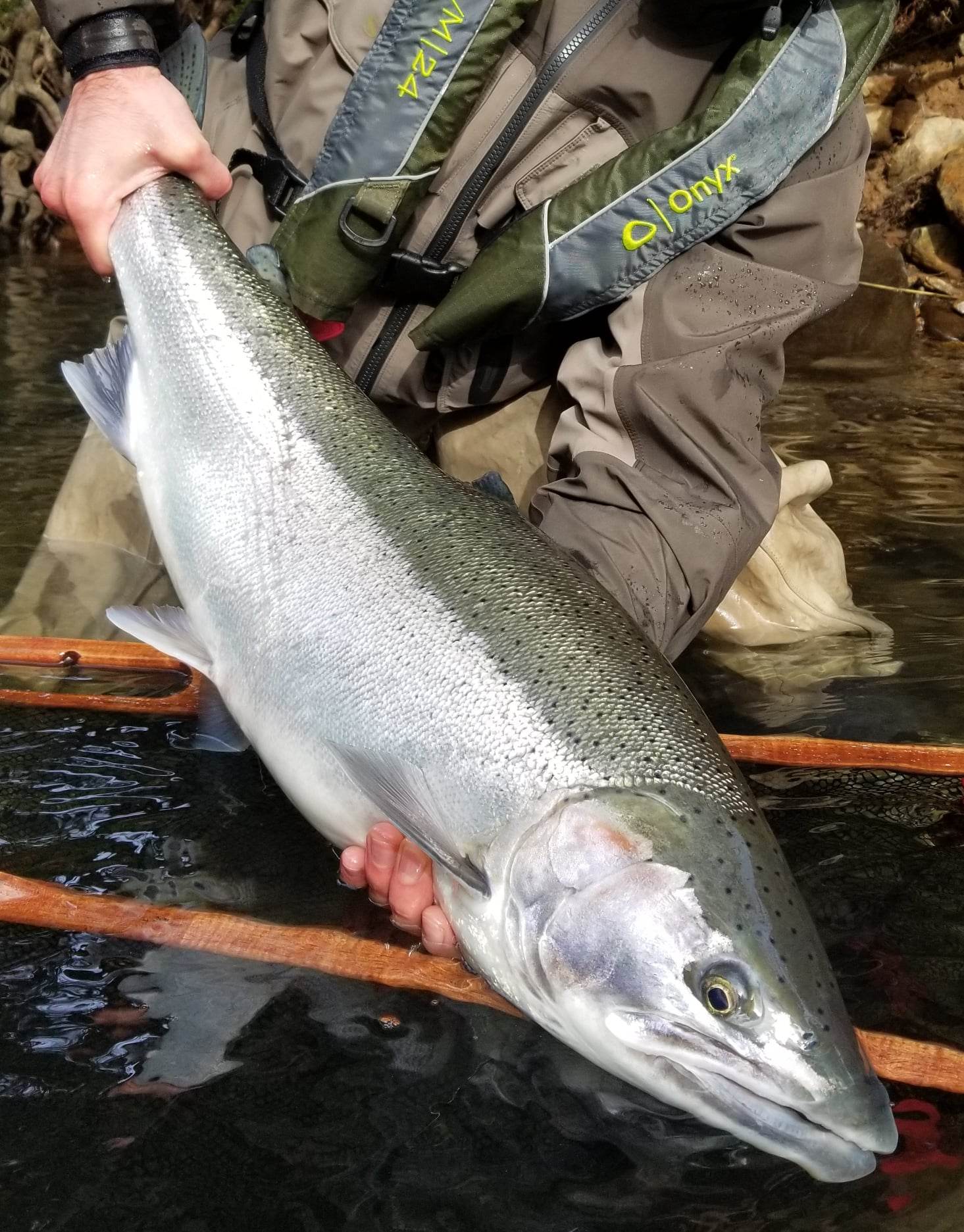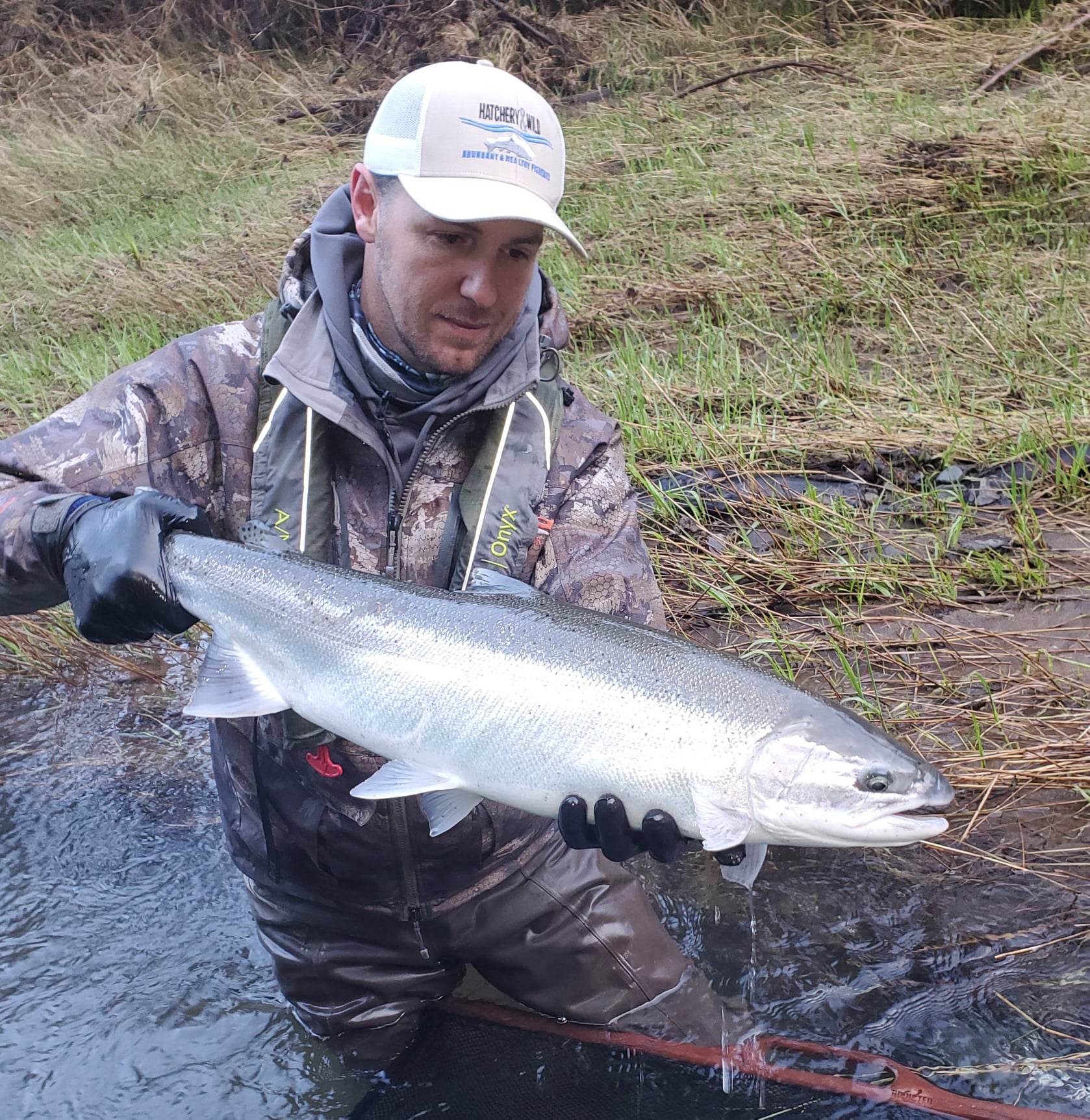Ten Tips For Conquering Northwest Tributary Steelhead
Table of Contents
Be Precise With What River You're Fishing

Being precise with your river choice can help you land on fresh, bright steelhead such as this one
Adjust To Stocking Reports
Is The River Open To Fish?
Know Where Your Fish Are Going

Steelhead move quick, and being able to predict their movements will help you land on the largest number of fish in the system
Are The Fish Moving Or Are You Moving To The Fish?
Scout Or Fish It Low...
Take A Drive On The Weekend
When In Rome...
Hire A Guide

A happy client also makes for a happy guide! Here's a big hatchery steelhead

